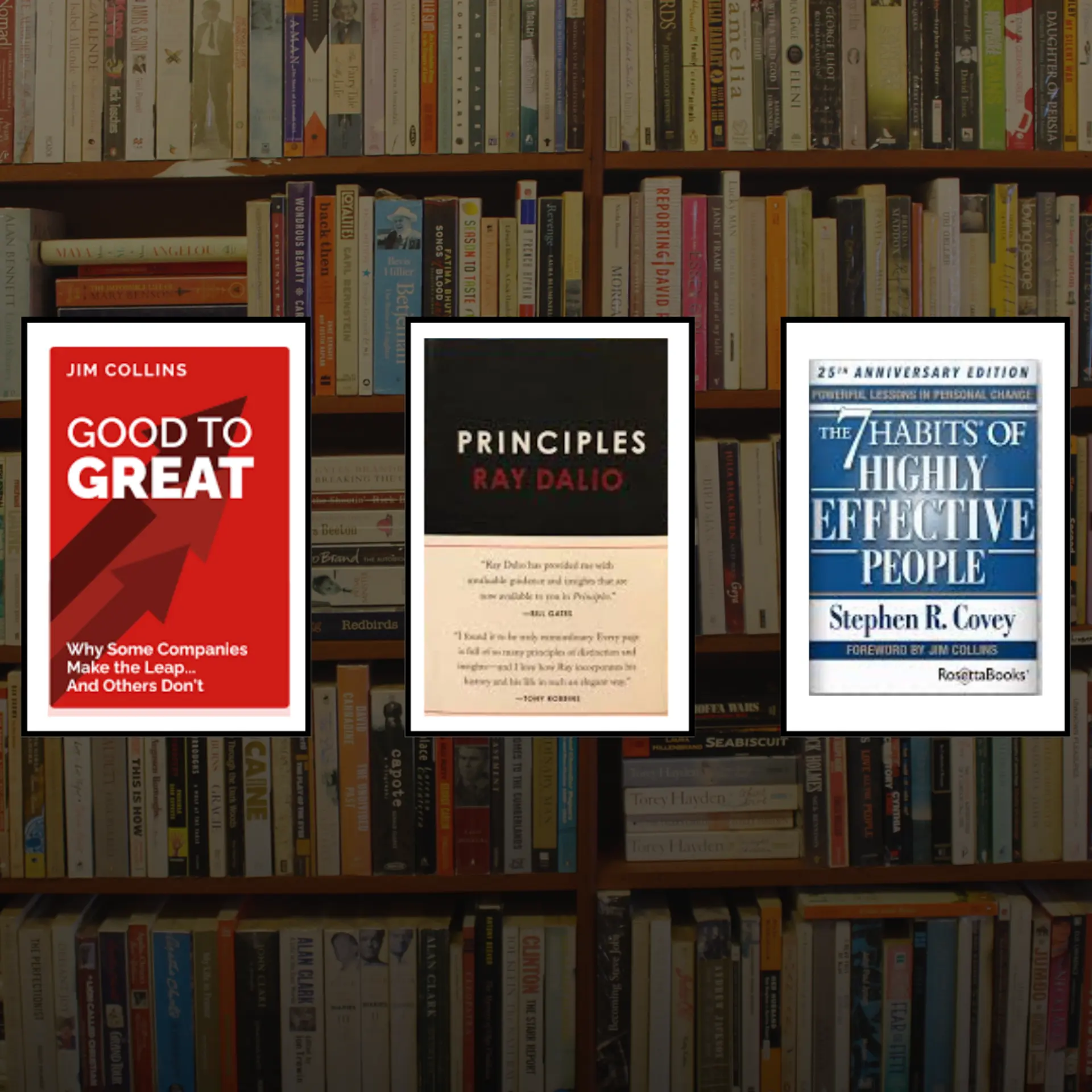Spring Health: How Design Thinking Brought Clean Water to Rural India

A process that began by helping businesses optimize their products for the end-user experience, design thinking has more recently been adopted by NGOs and social enterprises as an effective way to address broad social issues. Bangalore-based Idiom Design and Consulting, for instance, began using the design thinking methodology to help clients ranging from Big Bazaar to Levis create spaces and brands that resonate with their respective customers. The high success rates Idiom achieved from gaining a deep understanding of stakeholder needs led the team to wonder how this same methodology could be used to address larger social problems. It was around this time that Spring Health approached Idiom for help with some of their own design challenges.“We had somebody do an informal study of what our success rate was, and he came up with a figure of 9 out of 10, meaning 9 out of 10 of our projects were financially successful,” explained Jacob Mathew, Co-Founder of Idiom and CEO of Spring Health. “We went back to determine what it was that was contributing to this high rate of success, and we found that, one, looking at things from a design perspective helps. Design thinking trains you to look at things in wholes rather than in parts… We realized that being able to look at things a little more holistically can create such a disproportionate impact, and that is what got us thinking about what would happen if we work with the social sector. The idea was that we would do this in parts: we would work with enterprises, raise a small amount of money that will cover some initial costs, and prepare them for the next round of funding from mainstream social venture capital funds. Spring health was the first of these companies for us.”
Spring Health was founded by serial social entrepreneur and author of Out of Poverty, Paul Polak, and his social venture, Windhorse. A guru when it comes to for profit solutions to addressing social challenges, Polak established Windhorse to launch a series of what he calls his 100-million Businesses: social ventures with the potential to impact 100 million people or more. As its first such business, Spring Health would aim to supply safe, clean drinking water to underserved rural communities using a sustainable, for-profit model. The idea was to set up water tanks at the kiosks of rural entrepreneurs, fill them with local sources of water, treat the water with chlorine, and sell the water at a low price to villagers.
In April, 2010, Springhorse contracted Polak’s non-profit organization, International Development Enterprises (IDE), to run a ten-village pilot program in Orissa. Polak chose Idiom to help with branding and design, working directly with Jacob Mathew. “I got involved with the project in July 2010, and got into the field in October, when we started developing the branding,” explained Mathew. “That’s when we realized that this project fits into our definition of what kind of social enterprise Idiom wants to get involved with. We decided that this was a project that we could take on.”
Polak soon decided he needed someone to manage the company on the ground in India. He approached Mathew, who accepted the position as CEO of Spring Health in January, 2011. Mathew’s first order of business as CEO was to hire an executive team, including a Chief Operations Officer with experience in the private sector. “Operations were initially run by IDE, but the problem that I found with IDE running a for profit-company was that they had a not-for-profit mindset. Some of the things like what kind of measure will you use, what kind of metrics, the rigor with which you measure, are probably a little softer in a not-for-profit. In a for-profit situation it is life or death. We finally picked somebody who was in the mobile industry.”
Together, they developed a simple business model that not only ensured safe and affordable drinking water, but also held the potential for financial returns, a requisite characteristic of any social enterprise that hopes to be sustainable and scale, according to Mathew. Spring Health would invest in the infrastructure to set up tanks at the kiosks of local entrepreneurs, with the entrepreneurs committing about one fifth of the cost to ensure they have skin in the game. Customers would purchase the water from the kiosks directly, and revenues would be divided between the entrepreneur and Spring Health.

The first objective of the pilot program was to establish whether or not people would actually pay for drinking water. Here, Mathew soon found that what was simple in concept was more difficult upon execution. Initial challenges arose from the location in which Spring Health chose to operate. As a company focused on water treatment through chlorification, Spring Health chose Orissa because it met certain criteria from a business perspective: it had an abundant natural water supply, low mineral and chemical contamination, and a high instance of bacterial contamination. However, unforeseen factors proved to make Orissa a less than ideal location. For one, the area was inundated with NGOs, making community adoption of a for-profit entity all the more challenging.
“It is literally like if you throw a stone you’ll hit an NGO,” said Mathew. “So expectations of people have been slightly difficult to manage in the villages. You go there and the moment you say you are about safe drinking water they expect that you are an NGO, and when you say no we are not an NGO, and that you will have to pay for this water, they say no way. Especially having Paul and other foreigners with us initially, it automatically made us look an NGO. People would ask, ‘why are you charging us money? You are probably getting that money for nothing through grants!’”
After spending time on the ground, however, Mathew realized that many individuals in these villages were already accustomed to purchasing packaged drinking water. Many, in fact were paying about 4 rupees per litre compared to the 30-40 paisa per liter charged at Spring Health kiosks. Convincing these people to buy from Spring Health was simply a matter of explaining the pricing structure.
Still, a large part of the community remained that was not only consuming local sources of water, but was comfortable doing so, seemingly unaware of the physical and financial harm it was imposing on them. Polak and Mathew had a conversation with one woman whose husband was suffering from chronic diarrhea. Misguided by the diagnosis of the village “doctor,” the woman was under the impression that the reason for her husband’s illness was his excessive consumption of tea. After about a three hour conversation, Mathew described, “we figured out that tea is probably the only thing this man can hold, that everything else is purged, or vomited.” They had the man sent to a nearby clinic to have his stool tested, and it was determined that the illness was a result of bacteria in the couple’s drinking water.
Using this case as a reference, Mathew and Polak revealed the level to which the consumption of contaminated water affected community members. They found out from this particular woman that she and her husband had spent around Rs. 10,000 over four months for treatment of her husband’s diarrhea. “We also looked at what his income earnings were and his total losses from being sick,” continued Mathew. “His earnings from carrying goods in his cycle cart came to about 1,400 rupees per month, which they had lost now. So if you look at the total cost in terms of loss and spending, it is about 16,000 rupees over the four months, which is enough to wipe a poor family out.”

Through this single, albeit extensive, conversation, Mathew and Polak gained insight on the needs of the community as a whole, and were better prepared to create solutions to address them. The information did not come implicitly. It entailed a time-intensive home visit to, first, gain the woman’s trust, and, second, to extract honest and useful information. This, according to Mathew, is one of the most important aspects of the design thinking methodology.
“This is the type of thing you pick up on these in depth interviews,” Mathew explained. “It is really about sitting there and asking those topical questions, and you start building a picture of the family that is living there. But you cannot place a time limit on it. The idea is that you do a few of these very lengthy interviews to build up a picture of what the customers do, and also of the larger environment.”
With this new understanding in mind, the Spring Health team has implemented marketing strategies that spread awareness of the dangers of consuming contaminated drinking water. They have, for example, a program that allows families to test their own drinking water in their homes, next to a sample of Spring Health water. After a night, families are able to witness first hand the bacteria that has emerged in their petri dish and how it compares to the Spring Health sample.
Despite its success in convincing families of the physical and financial impact of drinking dirty water, certain challenges that Spring Health encountered could not be addressed through creative marketing strategies. These challenges had their roots deeply embedded in the social fabric of the villages in which they worked. While walking through one of the pilot villages, Mathew noticed a few houses that seemed to be more rundown than the rest. He asked his guide about them and found out they were Harijan households. In fact, he was told, there was a larger colony of Harijans in another part of the village.
Intrigued, Mathew then asked whether Spring Health had customers from these colonies. He was told that, yes, these villagers were Spring Health customers, but not any more. The guide then recounted the story of when one of these Harijans touched the tap of the cement water tank when he came to purchase water. Other villagers saw the contact and asked the kiosk owner to empty out all of the water from the tank. When it was emptied, they brought a priest to the site to perform a purification ceremony on the tank before it could be filled back up. After this incident, Harijan villagers stopped coming to the Spring Health tank for water. “Nobody went to the Harijans and told them not to come, because that would be a criminal offense,” Mathew explained. “The Harijans just stopped coming because they said they didn’t want trouble, they didn’t want to upset the status quo within the village.”
In order to address this challenge, Mathew and the Spring Health team put on their design-thinking caps and began brainstorming ways they could capture this unserved market and expand access to Spring Health’s clean water supply to this particular demographic in need, all without disrupting the delicate social balances within the community.
“An important step in design thinking is to understand who your stakeholders are. If you look at a village there are many stakeholders. There is the government, there are the people of influence in the village, there are the underdogs, there are the businesses; all of this becomes part of a network.”
With these stakeholders in mind, the Spring Health team devised a solution: a water delivery service to the Harijan colonies. The villagers would have clean water delivered to their doorstep, and kiosk owners would have the opportunity to expand the scale and scope of their businesses. Soon villagers from other social strata began requesting delivery service, more than willing to pay a few extra rupees for the convenience of delivery. Since its implementation the delivery service has proven effective in overcoming the cultural barrier posed by the caste system, has expanded the reach of its service, and provided kiosk owners with an additional stream of revenue.
————————————————————————-
Design thinking usually begins with a question. For Spring Health, the question was probably along the lines of, “how do we provide clean drinking water to 100 million rural Indians using a for-profit business model?” Many would write the question off as impossible, asserting that poor people would certainly be unwilling or unable to pay for water. Others would say that the world’s poor should not have to pay for water, that it is a human right and the government should provide it free of cost. While there might be truth in that statement, the unfortunate reality is that we cannot always rely on our governments alone for such things. Particularly in India, where around 30% of the 1.2 billion population lives below the poverty line and simultaneously faces some of the worst drinking water conditions in the world, the security of a clean water supply to those most vulnerable will continue to depend on the creative innovation of private sector companies like Spring Health.
To date, Spring Health has not only proven the poor’s ability to pay for clean water, but has found that the health benefits can actually save a family a significant amount of money over time, providing them with additional income to spend on feeding their children or sending them to school. And while Spring Health customers enjoy healthier lives and extra disposable income, the company itself is designed to generate enough revenue to attract external capital and scale up. The result, it seems, is that Spring Health may have found an answer to that original question, and through design thinking created solutions with the potential to impact the 100 million people that it initially set out to reach.
Find more about Spring Health here: http://www.springhealth.co.in/







